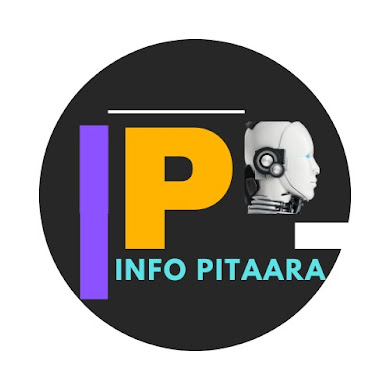Introduction:
- The Importance of Branding and Marketing: Discuss how branding and marketing are critical for business growth and sustainability.
- Emerging Trends: Highlight the shift towards AI integration, personalization, and authenticity in marketing strategies.
- Purpose of the Guide: Set the stage for the comprehensive strategies and tips that will be covered.
Part 1: Building a Strong Brand Foundation
1.1 Defining Your Brand Identity
- Mission and Vision: Clarify your business's purpose and long-term goals.
- Core Values: Identify the principles that guide your business decisions.
- Brand Personality: Determine the human characteristics associated with your brand.
1.2 Understanding Your Target Audience
- Market Research: Conduct surveys, focus groups, and analyze market trends.
- Customer Personas: Create detailed profiles representing segments of your audience.
- Customer Journey Mapping: Visualize the steps your customers take from awareness to purchase.
1.3 Crafting a Compelling Brand Story
- Origin Story: Share the history and inspiration behind your business.
- Narrative Techniques: Use storytelling elements to connect emotionally with your audience.
- Consistency Across Channels: Ensure your brand story is uniform across all platforms.
Part 2: Strategic Marketing Approaches
2.1 Digital Marketing Strategies
- Search Engine Optimization (SEO): Optimize your website to rank higher in search engine results.
- Content Marketing: Create valuable content to attract and engage your audience.
- Social Media Marketing: Leverage platforms like Instagram, LinkedIn, and TikTok to reach your audience.
2.2 Influencer and Affiliate Marketing
- Identifying the Right Influencers: Choose individuals whose audience aligns with your target market.
- Building Partnerships: Establish mutually beneficial relationships with influencers and affiliates.
- Measuring ROI: Track the effectiveness of these partnerships through analytics.
2.3 Email and SMS Marketing
- Building Subscriber Lists: Use lead magnets and sign-up forms to grow your lists.
- Personalized Campaigns: Segment your audience to send targeted messages.
- Automation Tools: Implement tools to streamline your email and SMS campaigns.
Part 3: Leveraging Technology and Innovation
3.1 Artificial Intelligence in Marketing
- Chatbots for Customer Service: Provide instant responses to customer inquiries.
- Predictive Analytics: Anticipate customer behavior to tailor marketing efforts.
- Content Generation: Use AI tools to create and curate content.
3.2 Augmented and Virtual Reality Experiences
- Product Visualization: Allow customers to experience products virtually.
- Interactive Advertising: Engage users through immersive ads.
- Virtual Showrooms: Create digital spaces for customers to explore offerings.
3.3 Data Privacy and Ethical Marketing
- Compliance with Regulations: Ensure adherence to laws like GDPR and CCPA.
- Transparent Data Practices: Be open about how customer data is used.
- Building Trust: Use ethical practices to foster customer loyalty.
Part 4: Measuring and Analyzing Performance
4.1 Key Performance Indicators (KPIs)
- Brand Awareness Metrics: Track reach, impressions, and mentions.
- Engagement Metrics: Monitor likes, shares, comments, and time spent on content.
- Conversion Metrics: Analyze sales, sign-ups, and other conversion actions.
4.2 Analytics Tools
- Google Analytics: Understand website traffic and user behavior.
- Social Media Insights: Use platform-specific analytics to gauge performance.
- Customer Relationship Management (CRM) Systems: Manage and analyze customer interactions.
4.3 Continuous Improvement
- A/B Testing: Experiment with different strategies to see what works best.
- Feedback Loops: Collect and implement customer feedback.
- Staying Updated: Keep abreast of industry trends and adapt accordingly.
Conclusion: Implementing and Sustaining Growth
- Recap of Strategies: Summarize the key takeaways from each section.
- Action Plan: Provide a step-by-step guide for readers to implement these strategies.
- Encouragement for Continuous Learning: Emphasize the importance of ongoing education and adaptation in branding and marketing.






0 Comments